UZBEKISTAN SEPT 21 2015
- Brian Belmont

- May 25, 2020
- 7 min read
Updated: Jun 6, 2020
September 21, 2015

I wasn't feeling well, a sore throat and some congestion so I took a lozenge l I fell asleep with the lozenge - it was still in my mouth when I awakened during the night.
I had forgotten to set my alarm and had slept through Michael getting up and getting ready. I awakened at 8am, just leaving me the time to get ready and eat breakfast. I finished just in time to board the bus and leave for our first destination.
We started with the Museum of Applied Arts. It's an exquisitely house with with bright ghaunch and carved wood. It was built in the 1930s at the height of the Soviet period but nonetheless serves as a gateway to the older treasures of Bukhara and Samarkand, There is a great, although small, collection of ceramics and textiles, The collection of rugs, fabric, and skill caps.
The guide shared history of the different fabric types and patterns. On the silk, the color is applied and then masked off and the additional color was applied. Some of the designs look the same as in Bali. I wonder who did it first or was there a point where people's traded and the design migrated?
Favs of the museum -
The different fabric designs and what part of the country they are from.
The many decorated scull caps and belts - so colorful and varied. (19th to mid 20th century)
The designs in the carpets and the meaning behind them. Mostly of the land, family, and what is found to be important. (Many from the 19th century)
Blue ceramics from Bukhara
Ceramics in the animal shapes and ceramic sculpture showing local life.
The colorful decor of the main hall that we visited…fantastic! (see photo)
The mother of pearl inlaid musical instruments
Jeweled adornment - with semi precious stones
At the museum, I asked the guide about changing some money for us. I mentioned that Sevara told us that she could have money changed for 4500 - 4800. She said that she recommended only changing smaller amount at one time.. That we couldn't change it at the border. I told her that would need more but...$50 was fine for now. She said that the official rate was 2600 but she would offer 3000. I declined and she offered 4000. I took the 200,000 sims but was put off by her trying to make a profit from her tour group. I would not buy from her again and would let Severa know.
Next up was the Khast Imom Square. It is the official religious center of the republic. It is one of the best places to see old Tashkent. The Leviathan Hazroti Imom Friday Mosque is flanked my 54 m minarets. behind it is the sprawling Khast Imom Square.
Moyie Mubarek Library, at this site, houses the 7th century Osman Quran, made of deer hide, is said to be the oldest in the world. You can see the blood of the writer in the binding, it is an amazing thought that this is still in existence, there are many other Qurans on display in the library. It was brought to Samarkand by Timur, then taken to Moscow in 1868 before being returned to Tashkent by Lenin in 1924 as an act of goodwill to the Muslims of Turkestan.
On the west side of the square (to the side of the Tillya Sheikh), close to the museum, is the Barak Khan Madrassah (home to the Muslim Board of Uzbekistan until 2007), founded in the 16th century by a descendent of Tamerlane who ruled Tashkent for the Shaybanid dynasty. The ornate facade of blue-tiled mosaic and Koranic inscription conceals a rose garden courtyard and 35 hujra. Nowadays a souvenir shops occupy the student rooms of this 16th-century Medressa. Immediately opposite it, the Tellya Sheikh Mosque, formerly Tashkent's main place of worship. Built by Mirza Akhmed Kushbegi in 1856, the mosque is a peaceful place with some attractive carved pillars and painted ceilings, though notably less ornate than the Hazrat Iman Mosque that has effectively replaced it.
To the market, we go…
The Chorsu Market visit showed us the structure that was Soviet built but Islamic design. It is the main market for fruit, vegetables, and meat. We walked the market seeing locally grown produce and horse, lamb, beef, chicken, and pork There is cheese for sale, nuts, seeds, and raisins with many dried fruits,
I tried some walnuts and raisins, very tasty, but the vendor wanted to charge me 70,000 som for 1/2 kilo of each, the equivalent of $22. I declined. He offered 60,000 som but this was still $20. Obviously, he was trying to cheat me,
Elena came to tell me that she found a guy willing to exchange 1 dollar 4500som. As this is a great rate, I joined and we both wanted to change $50 each or the equivalent to 225,000 som. This is, again, black market and risky but we exchanged. The stack of bills was about 9" to 10" thick. We weren't sure how we'd move this stack out of the market but we stuffed it into Elena's purse and I kept close to her,
We walked to the outside and the outer ring of vendors. I bought phyllo pastry with potato in one and pumpkin in the other, I stopped by the vendor across and 5 rows of traditional knives and daggers. They all started offering pieces me to look at, It was obviously that these were mass produced and I wasn't interested, one guy said " hey Johnny" to which I said " who is Jonny?" and moved on.
The guide stopped us and reprimanded us and even said the we weren't children and that we were adults, It seemed that Tess and Judy were confused about how we would manage lunch and were talking bad about her behind her back, I think she should have addressed it with them and that is was most inappropriate to make such statements to all of us. I would this with Sevara also,
We left the market. She offered a quick two stop trip on the subway. Elena, Michael and several others took that opportunity but I was not feeling well. I stayed in the bus, in the a/c.
We picked up the subway group back at the hotel sand had a quick bathroom stop before moving on.
Off to Samarkand. We took the highway, southwest, out of Tashkent. It would take us 5 hours to get there but maybe would be less if the traffic was lighter.

Along the way we witnessed a terrible accident, A car was trying to pass a truck with bricks in the bed. The truck moved over just as that was passing and those hit the truck. The bricks flew off the back of the truck and into the car. The car seemed to just explode as the glass broke and a cloud of white dust filled the air. The truck went off the road. This all happened in seconds and our driver swerved quickly as to miss the flying debris, Wow, that was scary.
Halfway, we stopped for a quick drink / bathroom break. Tess bought two melons from the melon vendor.there were soooo many melons. I'm nit sure that I've ever seen so many. The bathroom was usual Asian fare (hole in the ground) but the sink had no spout on the faucet and no soap, so no washing of hands,

Upon arriving in Samaequand, we went straight to the restaurant. It looked like St. Petersburg on the outside and St. Petersburg on the inside. The front hall was a terrible mix of opulent, over the top Baroque and tacky Central Asia and geometric shapes. They should have stuck with one theme and used a luxurious color scheme if they wanted to give the lux vibe. We were taken up a set of stairs, far away from the “dressed to the nines” lower level. I felt as we were in the embarrassing tourists section. The theme up here was “log cabin chic” and it was the even done well. I had a veggie ragine rice and a glass of white and a glass of red wine. Not bad but bit bitter. When it came time to pay, we attempted to make it simple (after some difficult settling before) but Eddie, Michael, and I tried to lessen the pain...on all of us. We paid 5000 extra as somehow we were short for the break / water / kitty. All said and done...it was cheap!
On to the hotel, a very nice one. It was new and everything was clean and fresh. We checked in and immediately went to the Mausoleum that was next to our hotel. How lucky were we - The Amir Timur Mausoleum (Gur-e-Amir) was right there for us to explore.

Gur-e Amir is Persian for "Tomb of the King". This architectural complex with its azure dome contains the tombs of Tamerlane, his sons Shah Rukh and Miran Shah and grandsons Ulugh Beg and Muhammad Sultan. Also honoured with a place in the tomb is Timur's teacher Sayyid Baraka.
The earliest part of the complex was built at the end of the 14th century by the orders of Muhammad Sultan. Now only the foundations of the madrasah and khanaka, the entrance portal and a part of one of four minarets remains.
The construction of the mausoleum itself began in 1403 after the sudden death of Muhammad Sultan, Tamerlane's heir apparent and his beloved grandson, for whom it was intended. Timur had built himself a smaller tomb in Shahrisabz near his Ak-Saray palace. However, when Timur died in 1405 on campaign on his military expedition to China, the passes to Shahrisabz were snowed in, so he was buried here instead. Ulugh Beg, another grandson of Tamerlane, completed the work. During his reign the mausoleum became the family crypt of the Timurid Dynasty.
Most of us took the opportunity to explore and take night pics of this incredible structure. The turquoise dome with tiles of many colors, flanked by minaret columns of spiraling ancient shapes, were mesmerizing.
I had to pinch myself. I was here, Samarkand, and i was exploring. Whoohoo!
I found as many angles and spots to take pics from. I climbed a wall and walked along it to get better shots. All of a sudden…someone yelled at me. I couldn’t understand but then they spoke English and told me to get down. Then they told all of us that we had to leave. We had to return in the morning. It didn’t matter as we’d already had our amazing adventure at Amir Timur. They couldn’t take that away, now.
Back in the room, I wrote a bit but was very tired after the long day. Tomorrow would be a BIG day. I needed to sleep but was so excited as I would see the Samarkand of my dreams. I would at the center of the ancient trade route. :-)











































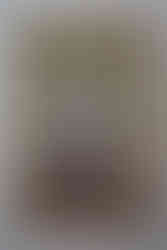








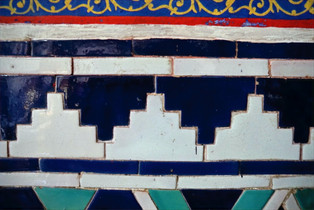











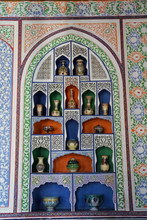



























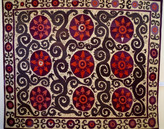



























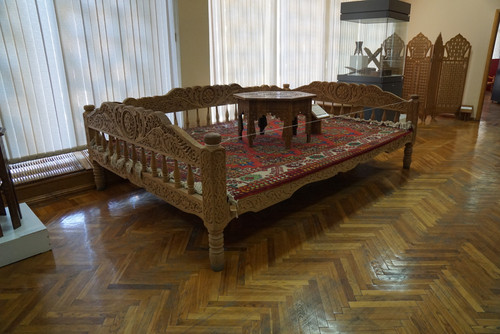

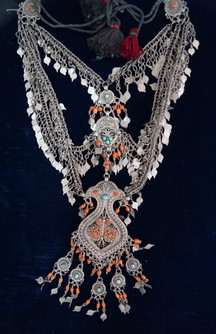





















































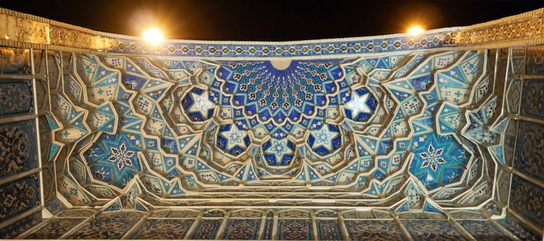






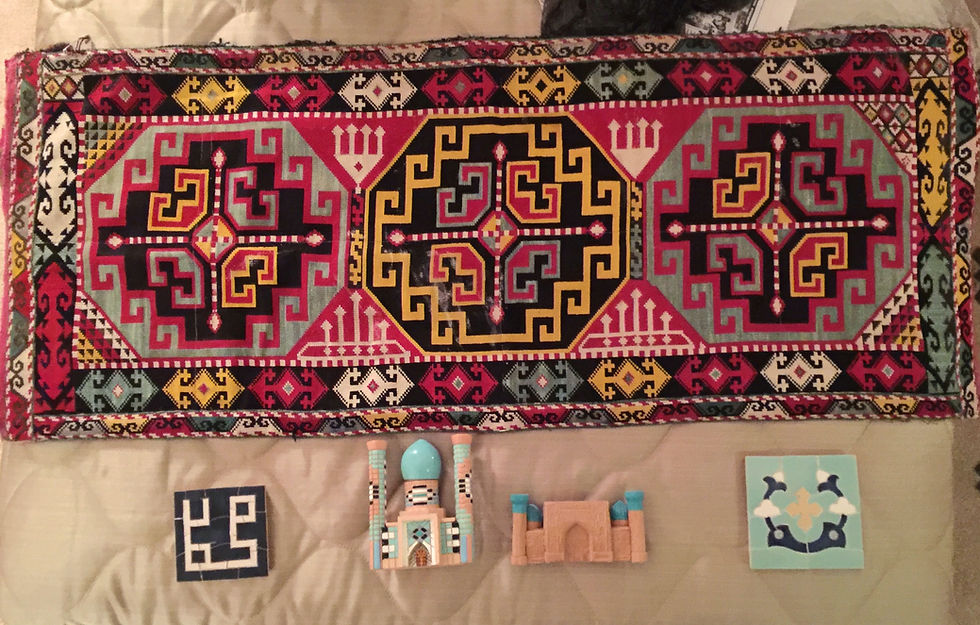


Comments